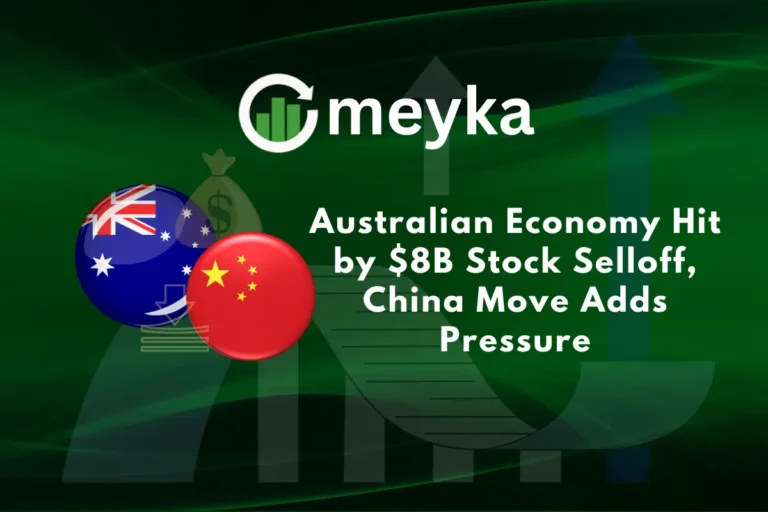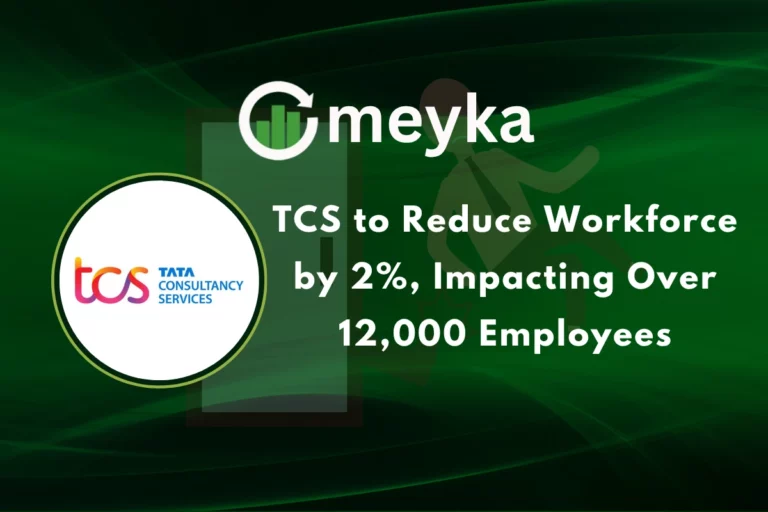South Korea Summit: Trump and Xi Begin High-Stakes Trade Talks
At the heart of the APEC Summit 2025 in Busan, South Korea, the landmark meeting between U.S. President Donald Trump and Chinese President Xi Jinping has launched a pivotal phase in global trade policy. This “South Korea Summit” signals renewed efforts between the world’s two largest economies to ease tariffs, stabilise supply chains, and address critical minerals bottlenecks.
Investors globally responded: the U.S. S&P 500 rose by 1.2% and Japan’s Nikkei 225 surged past 50,000 points amid optimism. Looking ahead, businesses closely eye how outcomes from this summit could reshape trade flows, commodity prices, and technology supply chains.
The Agenda of the South Korea Summit
Trade tariffs and rare earths at the centre
From the outset, the South Korea Summit has placed trade tariffs and rare-earth exports front and centre. President Trump announced that tariffs on Chinese goods may be slashed from 57% to 47%. Meanwhile, China signalled it may delay its export curbs on rare-earth minerals, a major lever in technology and defence supply chains.
For investors, this shows that a thaw in trade tensions is possible, but broad structural issues remain unresolved. The implication: companies tied to semiconductors, electric vehicles, and critical minerals stand to benefit, while those dependent on a stable tariff regime could still face headwinds.
Supply-chain implications for Asia and beyond
This summit’s implications extend to supply chains in Asia, especially for export-oriented economies like South Korea. The host nation, South Korea, acts as a strategic middle power between Washington and Beijing. A resolution of rare-earth disputes could reduce risk premiums for firms across electronics and automotive sectors. For investors, companies with diversified supply chains (e.g., leveraging Southeast Asia or Australia for raw materials) may gain an edge if China eases export controls. Nevertheless, the summit ends with a complete thought of promise, not certainty.
Market Reaction and Investor Sentiment
Equities rally on optimism
Markets responded swiftly to the South Korea Summit with a surge in global equity indexes. The S&P 500 climbed 1.2%, the Nasdaq jumped 1.8%, and South Korea’s KOSPI rose 2.9% to a record high. This shows investor optimism that de-risking of trade tensions might boost earnings and reduce supply-chain fears. For investors, this momentum suggests a more favourable environment for global growth plays, but it remains contingent on follow-through.
Social sentiment and rare-earth signals
On social media, concerns about rare-earth exposure gained traction. For example, one post on X warns:
Key Sectors to Watch, Rare Earths, Tech & Trade-Sensitive Firms
Rare earths and critical minerals, the strategic pivot
The South Korea Summit’s trade framework places critical minerals and rare-earth elements in the spotlight. China continues to control over 90% of refined rare-earth processing capacity. The tentative truce includes China delaying export controls and the U.S. reducing imminent tariff hikes.
Technology firms and trade-sensitive manufacturing
Companies dependent on China or exposed to export restrictions, particularly in AI hardware, semiconductors, and electronics, are central to this dynamic. The easing of tariffs and rare-earth friction may reduce cost pressure and regulatory risk. For example, if rare-earth materials flow freely and tariffs ease, firms making magnets or EV components could see margin improvement. For investors, this shows the need to look for firms with global manufacturing resilience and clarification on China-related risk.
What the South Korea Summit Means for Investors
Strategic takeaways and future risks
The South Korea Summit provides three key takeaways:
- De-risking trade war fears: The agreement reduces the immediate threat of a full-scale tariff escalation, supporting growth-oriented portfolios.
- Supply-chain realignment opportunity: Firms that pivot away from China-only sourcing may gain a structural advantage.
- Execution risk remains: Agreements are tentative; delayed implementation or new flashpoints (Taiwan, technology export controls) can still trigger volatility.
For investors, this means a readiness to allocate to global growth sectors, but with hedges intact until the details of the agreement and its enforcement become clear.
Portfolio positioning guidance
Given the summit outcomes, consider the following:
- Increase exposure to industrials and materials firms with access to diversified minerals and rare-earth supply.
- Revisit technology and manufacturing companies with global footprints and low China-tariff risk.
- Maintain some allocation to safe-haven assets since uncertainty persists, especially until implementation steps are verified.
In doing this, portfolios can benefit if the South Korea Summit leads to durable trade stability, yet stay hedged against potential disappointments.
Conclusion
The South Korea Summit between Presidents Trump and Xi marks a meaningful step toward easing some of the most acute trade tensions and supply-chain risks in global markets. For investors, it opens up opportunities in sectors tied to global manufacturing, rare-earths, and technology, while reminding us that the devil remains in the detail of execution. We recommend positioning portfolios toward diversified global growth plays with a tilt to companies that can navigate China exposure, while continuing to monitor governance, timeline, and follow through closely. Markets have rallied, but the full promise of the summit still lies ahead.
FAQS
The summit largely focused on a framework: tariffs on Chinese goods may drop from 57% to 47% and China may delay its rare-earth export controls. Full details and binding terms were not released, so investors should view it as a de-escalation rather than a final deal.
Companies in rare-earth mining, processing and manufacturing could see improved tailwinds if export controls are delayed and supply stabilises. However, execution risk is high, so near-term gains could be volatile.
The summit supports global equity exposure due to easing risk, but we advise selective allocation, focusing on firms with durable supply-chain resilience, diversified geographies, and limited exposure to unresolved China or trade-policy risks.
No. While the summit reduced immediate escalation risk, many structural issues remain, technology export controls, Taiwan security, agricultural access and rare-earth dominance. Investors should stay alert to flare-ups.
Maintain a diversified growth posture with selective tilts to sectors likely to benefit from trade easing (e.g., rare-earths, industrials, tech). At the same time, keep allocations to defensive assets until clarity on implementation emerges.
Disclaimer:
The content shared by Meyka AI PTY LTD is solely for research and informational purposes. Meyka is not a financial advisory service, and the information provided should not be considered investment or trading advice.






